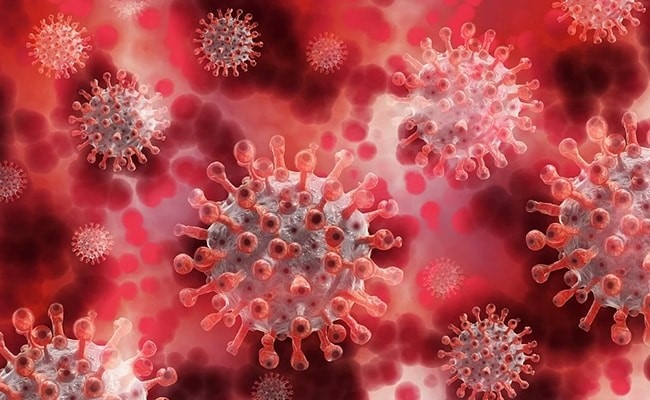| Translate This News In |
|---|
In order to identify common respiratory viruses in the air as droplets or aerosols, such as influenza and Covid-19, scientists have created a face mask. The incredibly sensitive mask may alert users via their mobile devices within 10 minutes if specific viruses are present in the surrounding air.
“According to prior studies, wearing a face mask can lower the chance of contracting the disease and it spreading. So, we set out to design a mask that could warn the user when a virus was present.” Yin Fang, a material scientist and co-author of the study from Shanghai Tongji University, claims
COVID-19 and H1N1 influenza respiratory viruses are disseminated by tiny droplets and aerosols that are expelled by infected individuals during coughing, sneezing, and talking. Particularly tiny aerosols, which contain these virus-containing molecules, can linger in the air for a very long time.
Spraying the viral surface protein-containing liquid and aerosols with trace amounts on the mask allowed Fang and his colleagues to test it in a closed-off space. A single sneeze produces around 70 to 560 times more liquid than that produced by coughing or talking, and the sensor responded to as little as 0.3 microliters of liquid containing viral proteins, according to Fang.
The group created a tiny sensor using aptamers, a class of synthetic molecule that can recognise particular proteins of infections like antibodies. The team’s proof-of-concept design altered the multi-channel sensor to include three different aptamers that can simultaneously identify surface proteins on the SARS-CoV-2, H5N1, and H1N1 viruses.
The attached ion-gated transistor will magnify the signal and notify the wearers via their phones once the aptamers bind to the target proteins in the air. The mask can identify even tiny amounts of viruses in the air within 10 minutes thanks to a revolutionary kind of very sensitive gadget called an ion-gated transistor.
In places with low ventilation, like elevators or closed-off rooms, where the risk of contracting an infection is great, our mask would function exceptionally well, adds Fang. They can easily alter the sensor’s architecture in the future in order to detect other infections, such as respiratory viruses, he continues.
The team’s next goal is to optimise the design of the polymers and transistors in order to reduce the detection time and boost the sensor’s sensitivity even more. They are also developing wearable medical gadgets to treat ailments including cancer and cardiovascular diseases.
“At the moment, doctors place a lot of emphasis on their earlier experiences in order to identify and cure diseases. However, disease diagnosis and treatment may be carried out with greater accuracy because to the richer data collected by wearable technology “claims Fang.


















